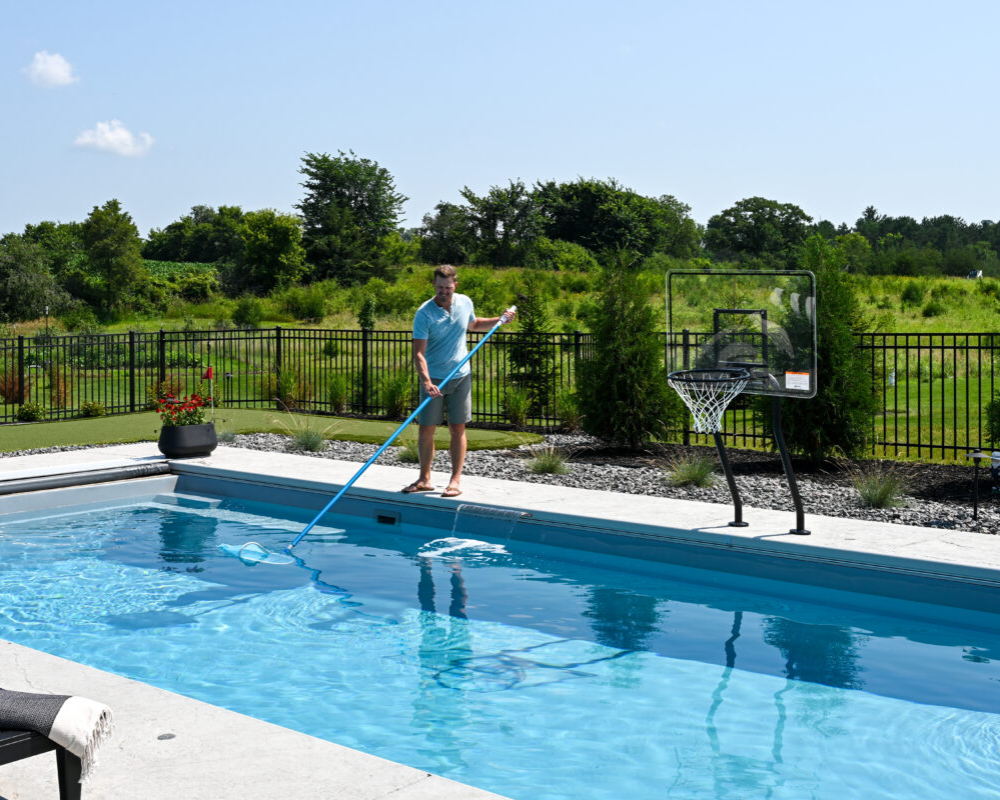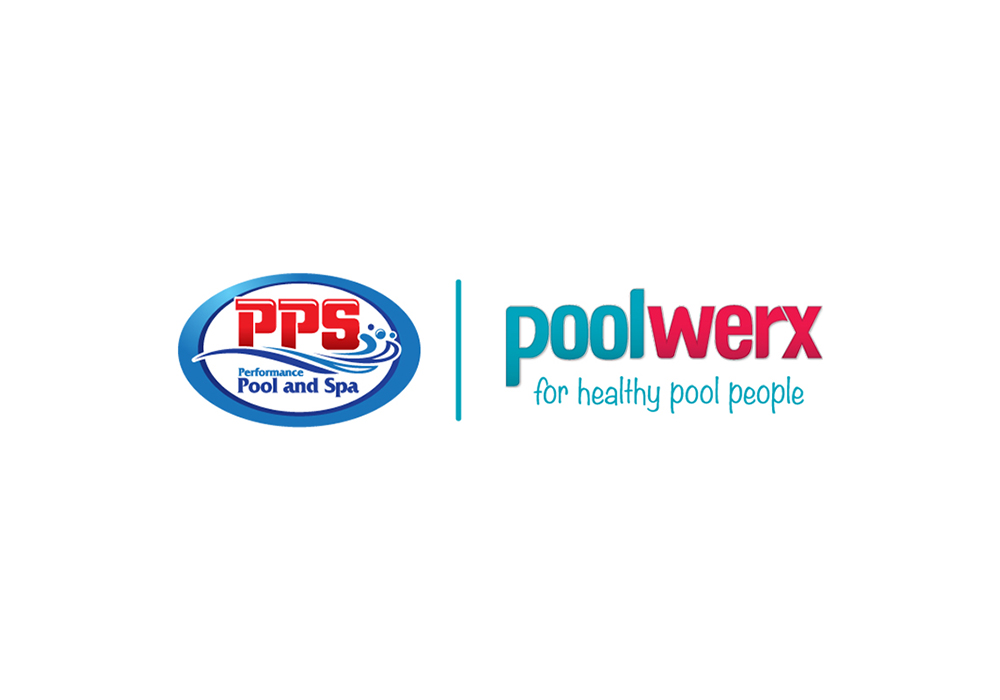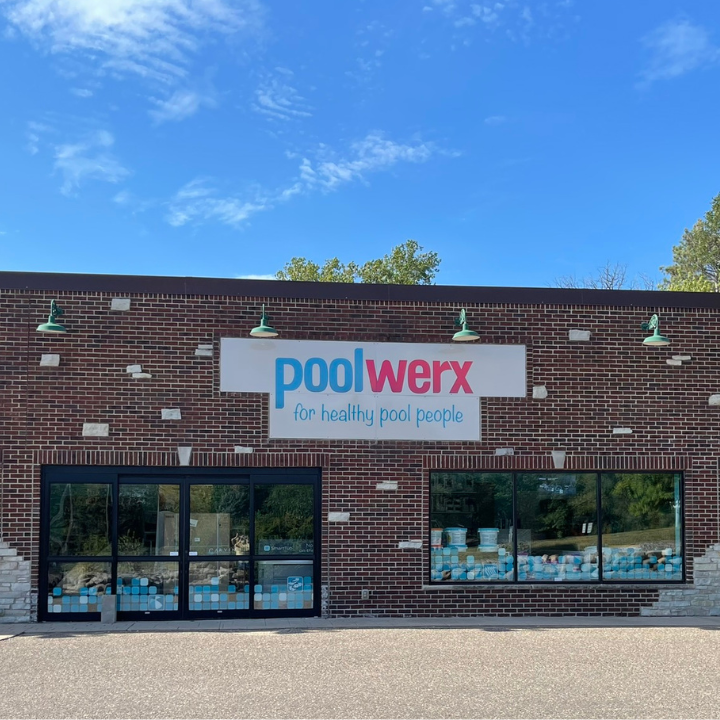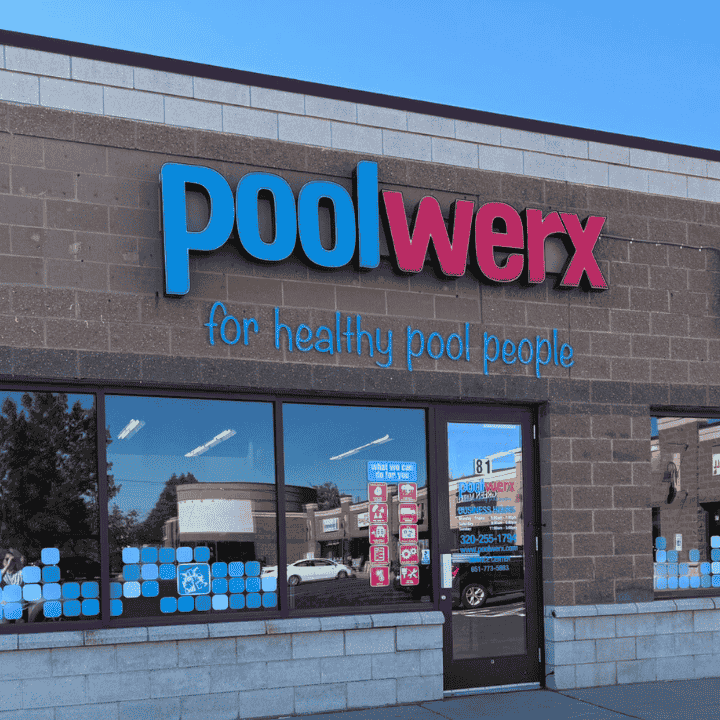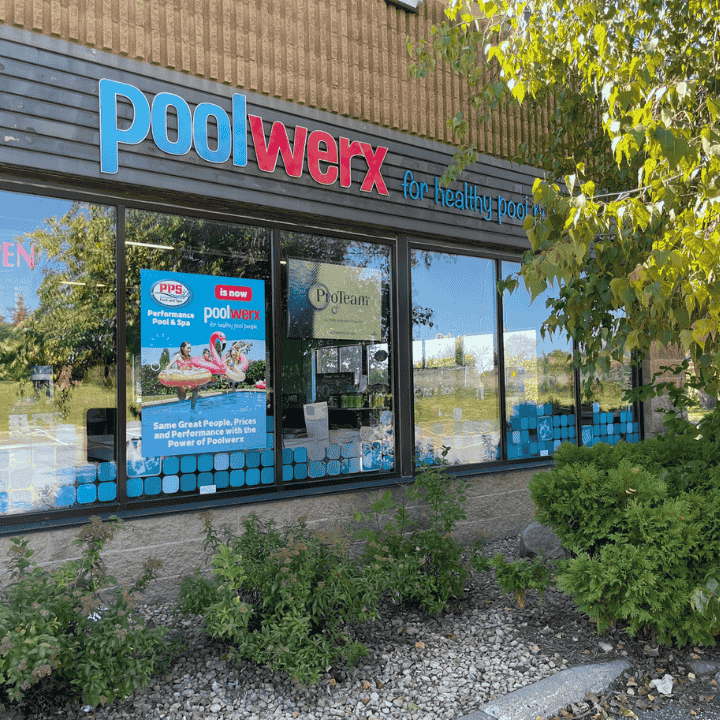Diving into Pool Phosphates
Posted: July 9, 2024
When it comes to maintaining a sparkling clean swimming pool, balancing chemicals and monitoring water quality are essential tasks. Among the many factors that can affect water clarity and overall pool health, phosphates often take center stage.
In this blog post, we’ll dive into what pool phosphates are, how they affect pools, and the best management strategies.

What are Phosphates?
Phosphates are naturally occurring compounds that contain phosphorus, a nutrient essential for plant and animal growth. In the context of swimming pools, phosphates can enter the water from a variety of sources:
- Tap Water: Municipal water supplies may contain phosphates.
- Fertilizers: Runoff from nearby lawns and gardens can introduce phosphates into the pool.
- Rainwater: During storms, phosphates from airborne dust and debris can wash into the pool.
- Organic Matter: Leaves, pollen, and other organic debris can decompose in the pool, releasing phosphates.
The Impact of Phosphates on Pool Water
While phosphates themselves are not harmful to swimmers, they can contribute to several problems that affect water quality and maintenance:
- Algae Growth: Phosphates act as a nutrient for algae. High phosphate levels can accelerate algae growth, leading to green, cloudy water and requiring increased chlorine usage to combat the bloom.
- Cloudy Water: Excessive phosphates can contribute to cloudy water by promoting the growth of organic particles.
- Chlorine Demand: Algae fueled by phosphates can consume chlorine more rapidly, making it challenging to maintain proper disinfection levels.
Managing Phosphates
Effectively managing phosphates is crucial for maintaining a clean and healthy pool. Here are some strategies: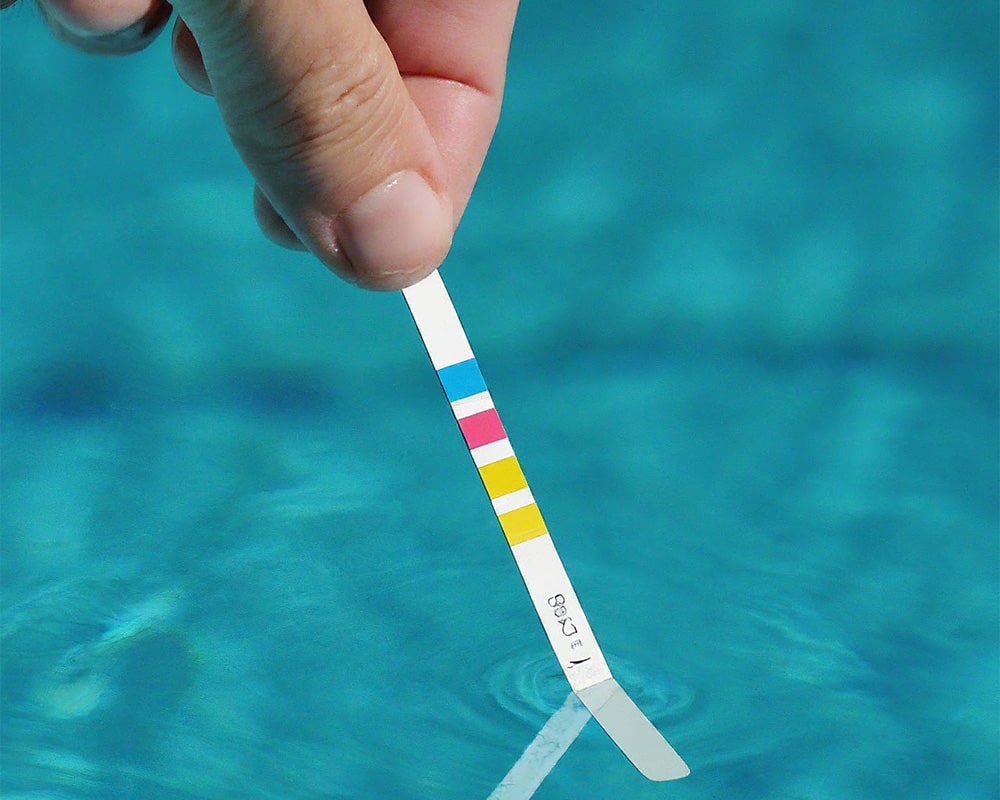
- Testing: Regularly test your pool water for phosphate levels using a reliable test kit or bring a sample to your local Poolwerx Performance Pool & Spa for a FREE water test. This helps you monitor phosphate levels and take action when necessary.
- Filtration: Invest in a high-quality pool filter that can effectively trap and remove organic debris and particles, including phosphates. 24 hours after adding a phosphate remover, make sure you rinse off cartridge filters or backwash your sand or DE filter.
- Phosphate Removers: Use phosphate removers or clarifiers such as Natural Chemistry PhoFree or PhosFree Max which are designed specifically for pools. These products bind to phosphates, making them easier to filter out of the water.
- Maintain Pool Chemistry: Ensure proper pool chemistry balance, including pH and chlorine levels. A well-maintained pool is less susceptible to algae growth, even in the presence of phosphates.
- 5. Source Control: Minimize phosphate sources by regularly cleaning pool filters, skimming debris from the surface, and ensuring proper maintenance of surrounding landscaping to reduce runoff.
Understanding and managing phosphates in your pool is key to enjoying clean, clear water throughout the swimming season. By staying proactive with testing, filtration, and maintenance, you can effectively control phosphate levels and prevent issues like algae blooms and cloudy water. Remember, a little effort in phosphate management goes a long way toward maintaining a pristine pool environment for you and your family to enjoy.
Incorporate these strategies into your pool maintenance routine, and you’ll be well-equipped to keep phosphates in check and your pool water crystal clear and healthy all summer long. Happy swimming!


